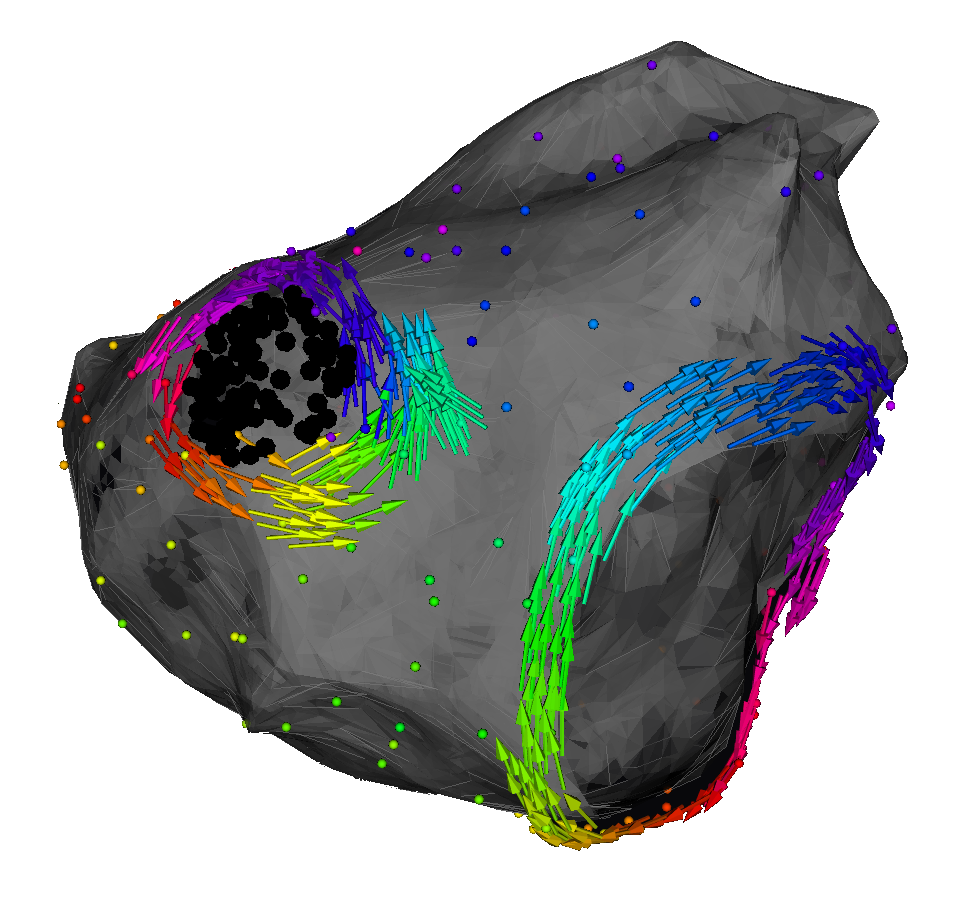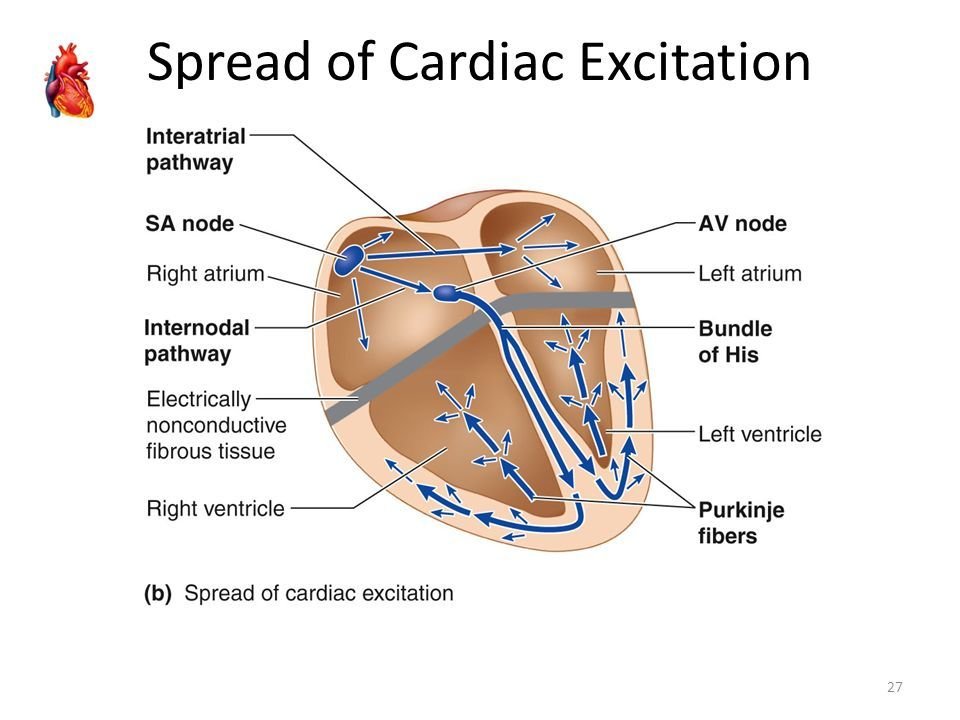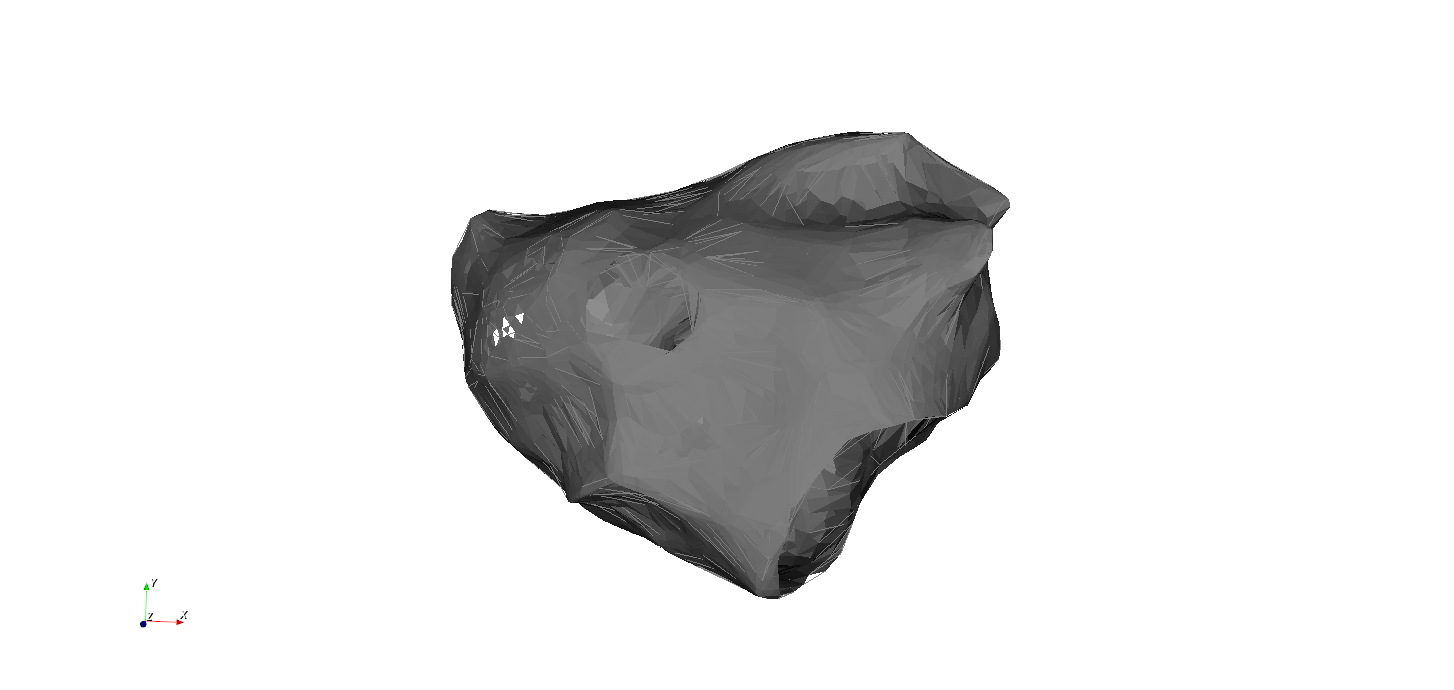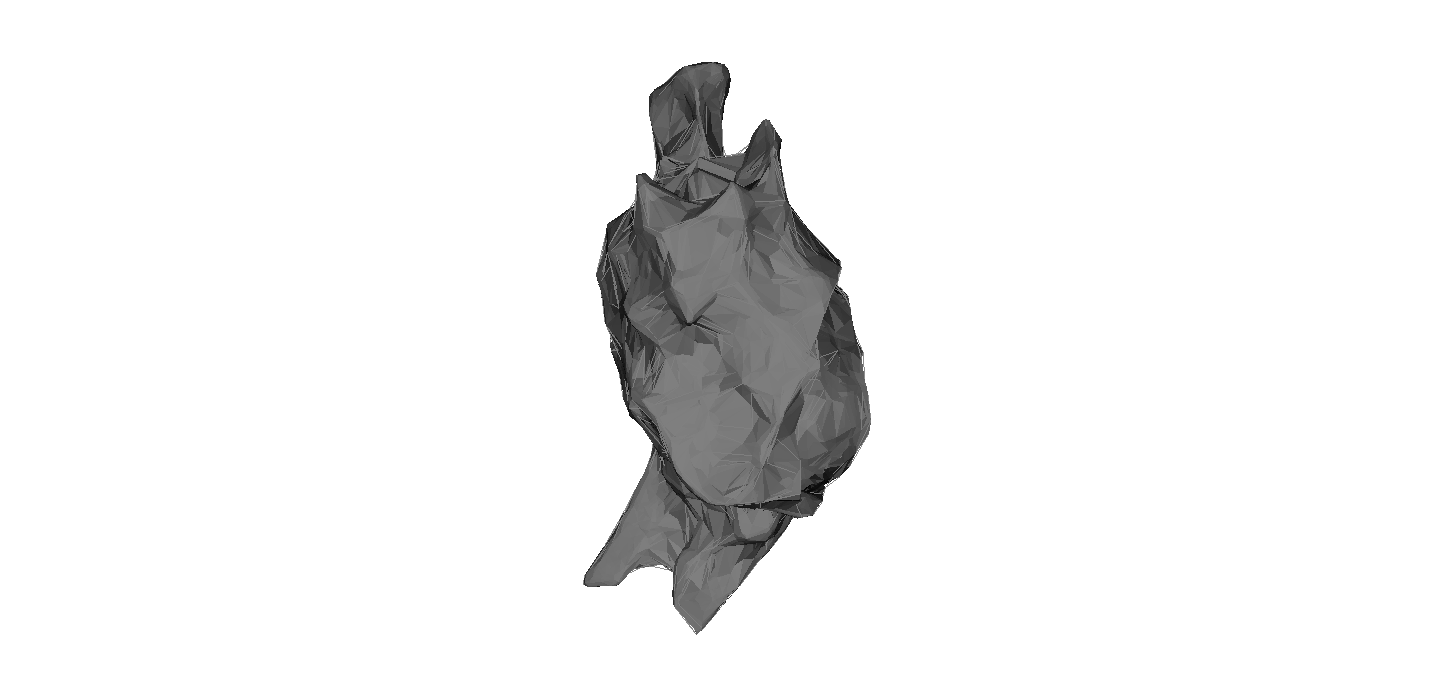Interdisciplinarity to tackle the world's leading cause of death



What does it mean to advance science?


- 2.000.000 million scientific papers each year
- 30.000 scientific journals
Too many scientific papers...
Publishing papers is necessary:
- Grants, positions, promotions, status...
This could lead to:
- fractioning (“salami slicing” data sets to the smallest publishable unit)
- surreptitiously re-using data in multiple publications
- duplicating papers
- publishing results that are preliminary or incomplete
- underemphasizing limitations
- making exaggerated claims
- data fabrication, falsification and plagiarism
How to make an impact in this enormous mass of science?
But increase of number of papers is mainly due to growing number of researchers
Too many scientific papers...
Replication crisis:
-
Amgen, a US biotech company:
replicate 11% of 53 high-impact cancer research studies -
German pharmaceutical company Bayer:
replicate 36% of 64 studies. -
John Ioannidis, MD, Professor of Medicine and Statistics at Stanford University:
replicate 44% of 45 of the most influential clinical studies
How to make sure your research is reproducible?
Too many scientific papers...
What happens with your results after they get published?
- Maybe you have written code, a thesis manuscript but get your PhD and nobody uses your code, reads your thesis code is not well documented
- No follow-up of your project
- Paper gets forgotten in the mass of papers produced
- You move on to the next project
How to make sure your research is sustainable?
Too many scientific papers...
- A lot of the research is incremental
- We like to stay in our comfort zone
- Taking a leap, requires time and effort and slows publication rate
- Combining things which have never been combined can often be good way forward...
Interdisciplinary research is a way to do new and exciting things no one has done before you
How can we make big leaps in science?
- Reproducible
- Sustainable
- Novel -> interdisciplinary work?

Create impact!
My scientific journey so far...

-
Master degree in physics (UGent, 2004-2007)
-
PhD in theoretical physics (UGent + long research stays Brazil, 2007-2001)

Phd in physics

Phd in physics
- Wanted to do applied research
- Interest in Biophysics grew when I met a newly appointed professor in my university
- Wrote and received an FWO post-doc position in a completely new field
Started computer modeling of the heart

Post-doc in computer modeling of the heart
- Research stay in Utrecht Medical center
- Wanted to check if my modeling was realistic
- Investigated experiments of a certain lethal arrhythmia called Torsade de Pointes (TdP) in a dog model


Needle experiments
Induce TdP and investigate mechanism
preclinical research:
- in silico
- animal models
Post-doc 2: computer modeling and analysis of experiments

Had to find a new way
Started to integrate network theory to analyze the data, a whole different branch of science
It was not possible to analyze the dog data with the known methods in the literature because the data was too sparse and too noisy
Post-doc 2: computer modeling and analysis of experiments
I followed the Interdisciplinary Program in Healthcare Innovation, gave me many new insights!

Post-doc 2: computer modeling and analysis of experiments
Applied the same idea to clinical data



And it worked!
One year internal grant
Oct 2019: Became assistant professor UGent (Tenure Track)

Obtained ERC starting grant for 1.5 milion euros
Febr 2021: Became associate professor UGent (Permanent)
Start of Professorship
Cardiac arrhythmia: some basics

Cardiac arrhythmia: 15% - 20% of all deaths

How does the heart work


Basis of cardiac arrhythmia

Treatment cardiac arrhythmia
Ablatie: littekenweefsel aanbrengen om zo de hartritmestoornis te stoppen

Treatment cardiac arrhythmia
Types of arrhythmia
- Atrial tachycardia
- Atrial fibrillation
- Ventricular tachycardia
- Ventricular fibrillation
- Torsade de Pointes
- regular
- irregular
Atrial tachycardia
Measurements give rise to a color map.
Needs to be interpreted manually: challenging and operator dependent.


Local activation time
Atrial tachycardia: case study
Network theory as a new way to analyze cardiac arrhythmia

Search algorithm
Brain




Network theory has many applications...
But was not very often applied to the heart, although it is a very natural idea to transform cardiac waves into a directed network
Novel idea

Rotating electrical waves are just the cycles in our network!
DGM actually works on patient data

DGM: a software package to analyze reentry/focals automatically
Computational data
- Any subset
Input
- Coordinates of the measuring electrodes
- Local Activation Times (or signal to derive LAT)
Spatial organization of datapoints is not required!



Experimental data
- Needle data
- Socket data
- Grid data
- ...
Clinical data
- Point by point data
- PentaRay
- Basket Catether
- ...
Topology added to the mix

MV
LPV
RPV
Anatomy of the left atrium: 3 natural holes



MV
LPV
RPV
Anatomy of the left and right atrium

SVC
IVC
TV


MV
LPV
RPV
Scar creates additional holes

Index theorem (> 20 years old!)
- Each hole has an index: +1, -1 or 0
- Sum of the indexes has to be zero


Ablation: connect the critical boundaries

CB:
CB:
NCB: 0
Publication

- Reproducible
- Sustainable
- Novel -> interdisciplinary work?

Create impact!
Some difficulties with interdisciplinary research:
- You have to learn to speak with other fields
- Medical doctors:
different language: different words for the same thing: different ontologies
takes time -> willing to invest this time
share data - privacy issues (GDPR)
- material transfer agreements (MTAs) - Network specialists:
again other language, invest time in learning new subject - You have to adapt your style to the journal, grant panel of choice (ERC)
- Explain things simple: consortium partners understand
- Listen to what the doctors want, develop your method for them (their patients), not for yourself
But also a lot of fun and very challenging!
